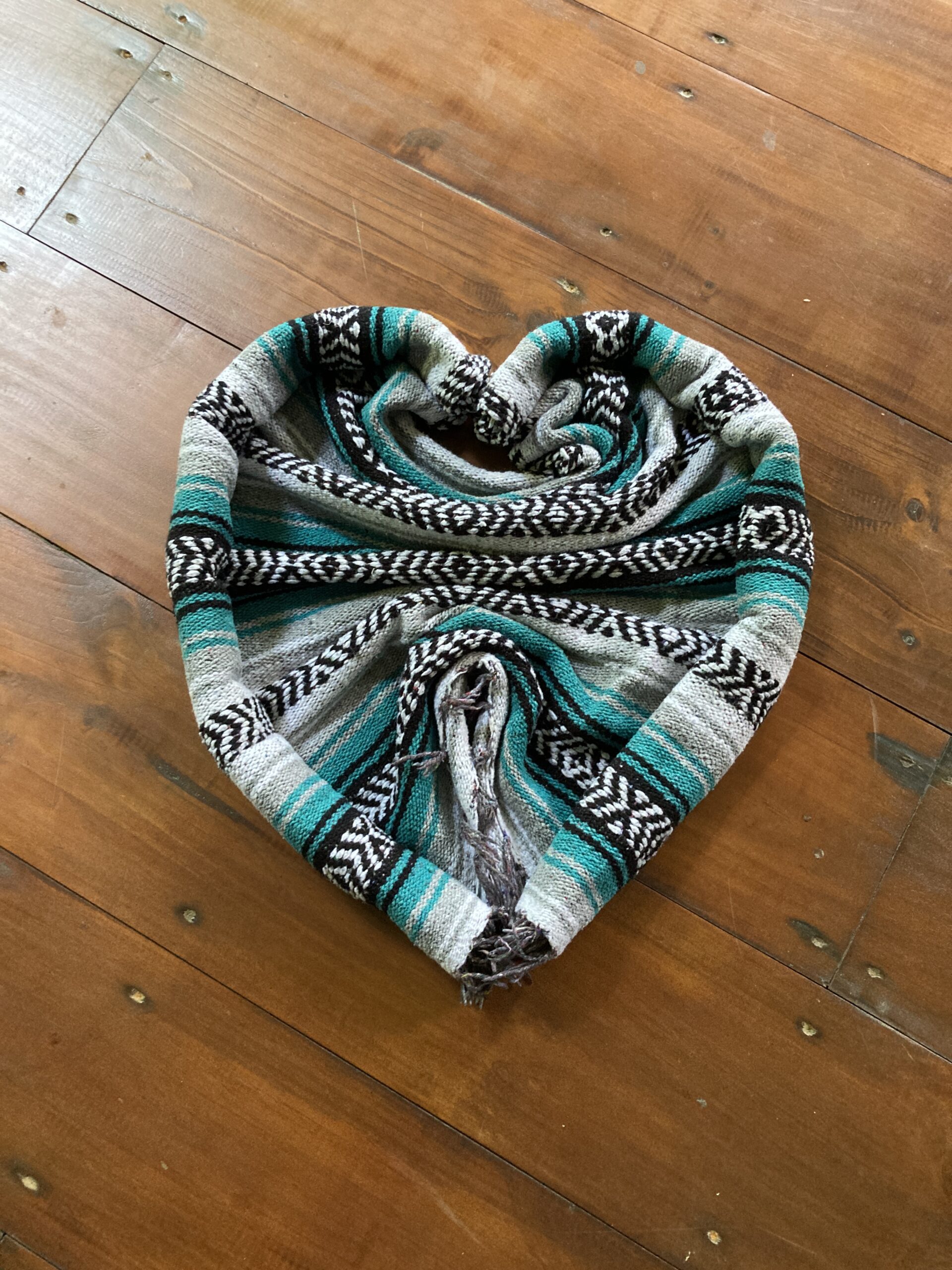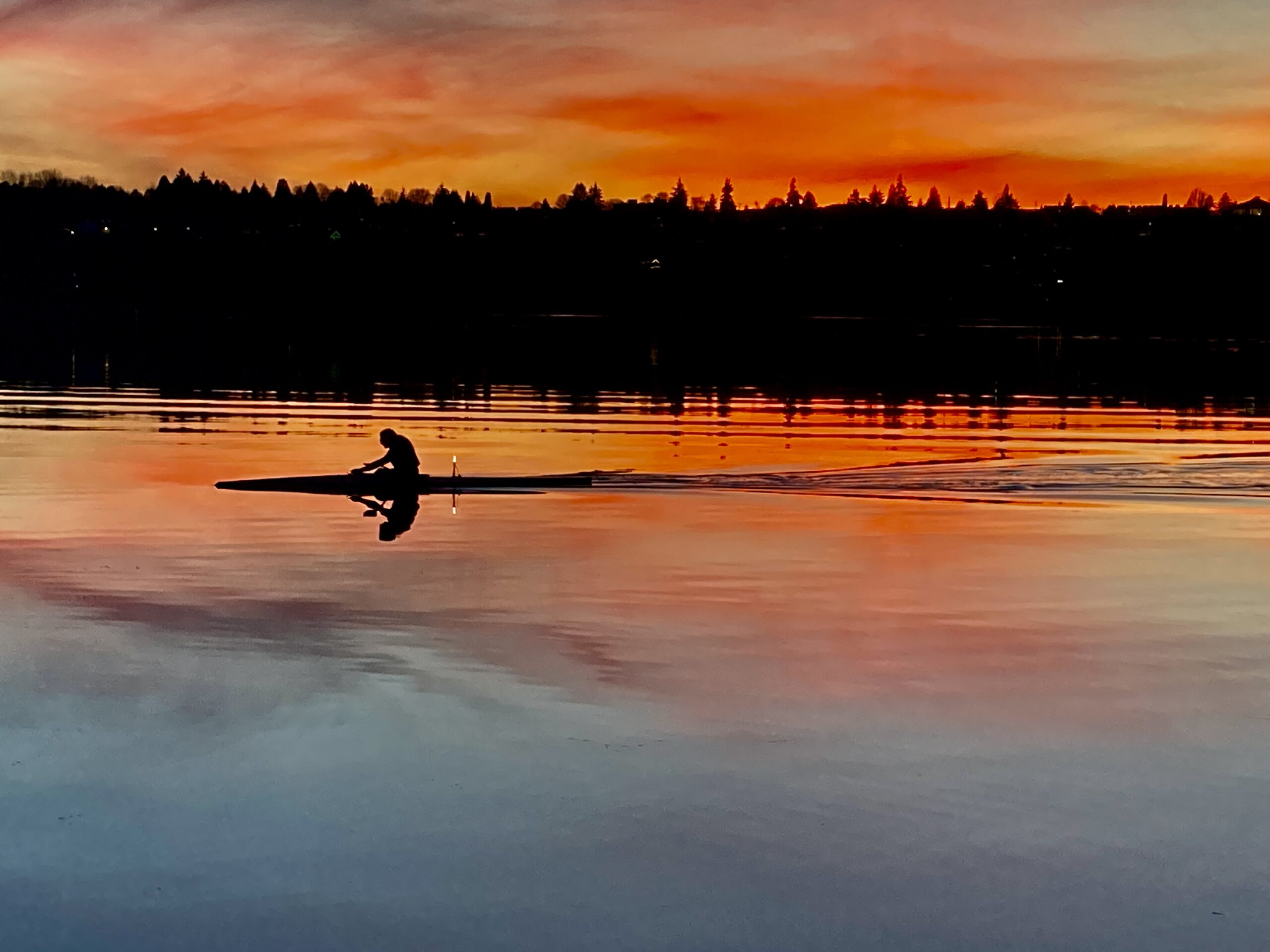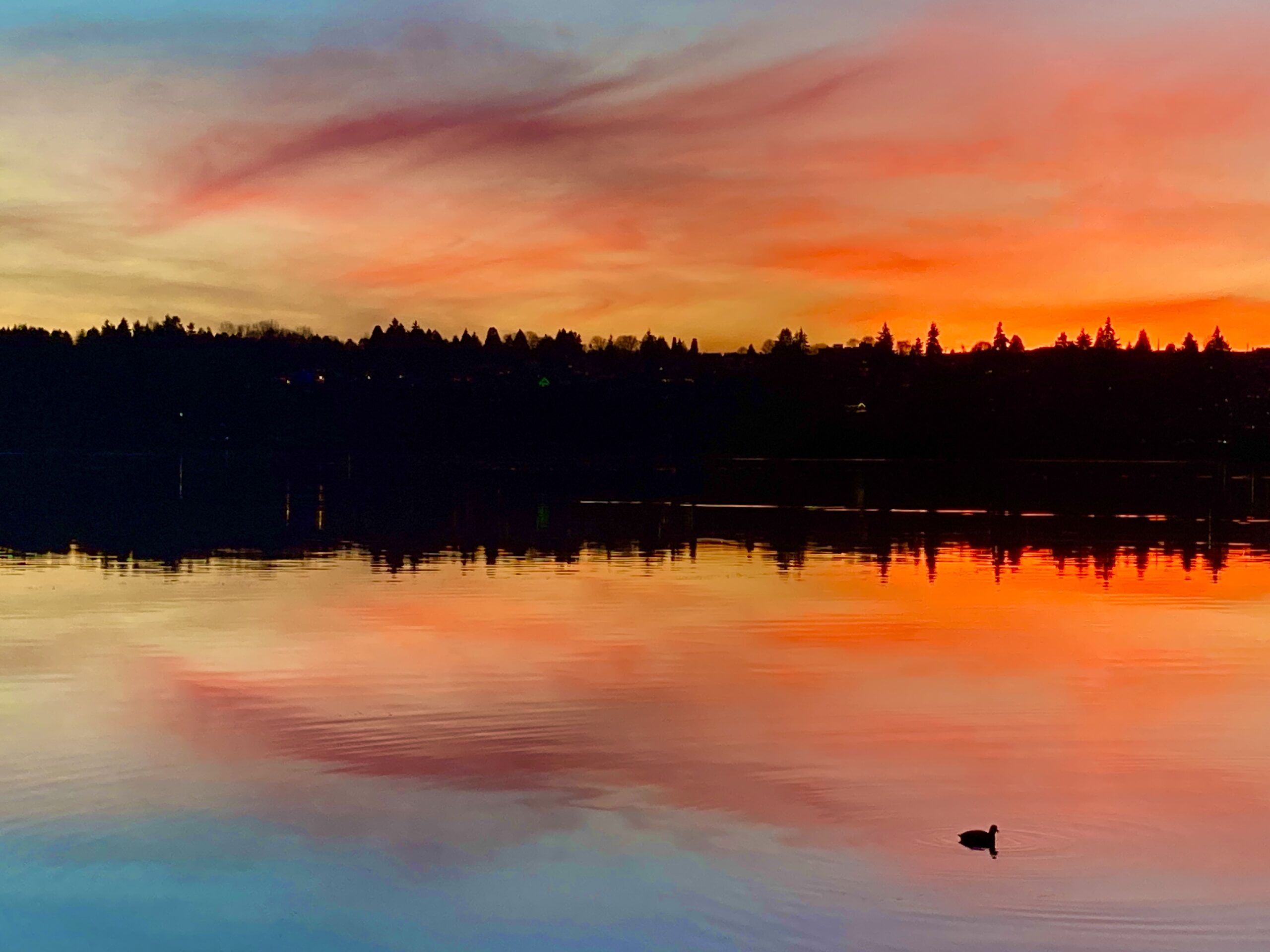Over the course of a few years, I witnessed the jungle-like biodomes of Amazon’s headquarter campus emerge from the ground on Seventh and Lenora. I curiously observed the three spheres billowing out from the raindrop-splattered window of my bus. I eavesdropped and heard my fellow bus riders-turned-critics unhappily refer to the spheres as “Bezos‘ balls“. I giggled and googled. Yes, I giggled at the critics’ comments. And I googled turn-of-the-last-century black and white photographs of the old Denny Regrade, as seen from 7th and Lenora, fired my imagination, and marveled at this current transformation of Seattle.

For a long time, I resisted going inside the spheres. I’m not a part of the Amazon world (or am I?) and questioned why I would want to visit this employee lounge and workspace. To be honest, negative thoughts concerning Amazon’s monopolistic behaviors had me planting my feet firmly far from the spheres, not wanting to go there. But finally I succumbed to my curiosity and stepped inside the biophilic spheres with my friend Anna. I’m so glad I did because only now can I fully appreciate these conservatories and workers’ green lounges in the heart of the Denny Regrade!


The spheres have meeting spaces and can seat a total of 800 people. They are of biophilic design, meaning they incorporate nature into the built environment.



The three glass domes are covered in pentagonal hexecontahedron panels (see the shape below) and serve as an employee lounge and workspace. The architects looked for biologically inspired patterns. I found this pattern motif to be incredibly fascinating! If you look at each of the photos where you see architectural structure, you can see this pentagonal shape repeated again and again.

Biophilia is defined as follows:
Biophilia (according to a theory of the biologist E. O. Wilson) is an innate and genetically determined affinity of human beings with the natural world.
Biophilia is the theme running through the spheres. The word refers to the rich natural pleasure that comes from being surrounded by natural organisms.
Spheres: Origins
The Spheres are a place where Amazonians can think and work differently–surrounded by plants. In their design, we were inspired by biophilia: the idea that humans possess an inherent love of nature and other life forms. But what began as a concept for adding plants to the work place evolved over time into a lush botanical conservatory, home to thousands of tropical plants and trees. Today The Spheres offer nature immersion for its visitors working in the heart of the city.

The domes house 40,000 plants. The plants were not taken from the wild, but cultivated in various nurseries. The bulk of plants were cultivated in massive greenhouses on the Eastside.
Your Brain on Plants
We created The Spheres to give Amazonians a chance to refresh and restore themselves. Imagine a work conversation happening near a waterfall or a flowering wall of orchids. Even short doses of nature have been proven to boost well-being. Immersed in greenery, we’re more relaxed and alert–we can think more creatively.

Much like a climbing vine or the veins of a leaf, we wanted The Spheres to be built of highly detailed, organic shapes. There are no corners in nature.
Smart Sustainability
Our new buildings in The Regrade, including The Spheres, are heated with recycled energy. This district energy system captures heat at a non-Amazon data center in the neighboring Westin Building Exchange and recycles that heat through underground water pipes instead of venting into the atmosphere. Nearly four times more efficient than traditional heating, this innovation saves energy and makes long-term sense. Meanwhile, the energy we recover is enough to heat about 365 homes each year.
District Energy
How does the system work? Warm water from the Westin Building runs through underground pipes to a heat exchanger in the Amazon building, Doppler. From here, heat recovery chillers raise the temperature of the water, which is used to heat three campus buildings with two more planned for the future.

Last month, global report by Human Spaces into the impact of workplace design revealed that, “employees who work in environments with natural elements report a 15 per cent higher level of well being, are six per cent more productive and 15 per cent more creative overall”. Some call this ‘biophilic design’ – the introduction of natural elements into the built environment – but the term perhaps risks over-complicating something profoundly simple: people just feel better when they are closer to nature. And the office shouldn’t be an exception.






